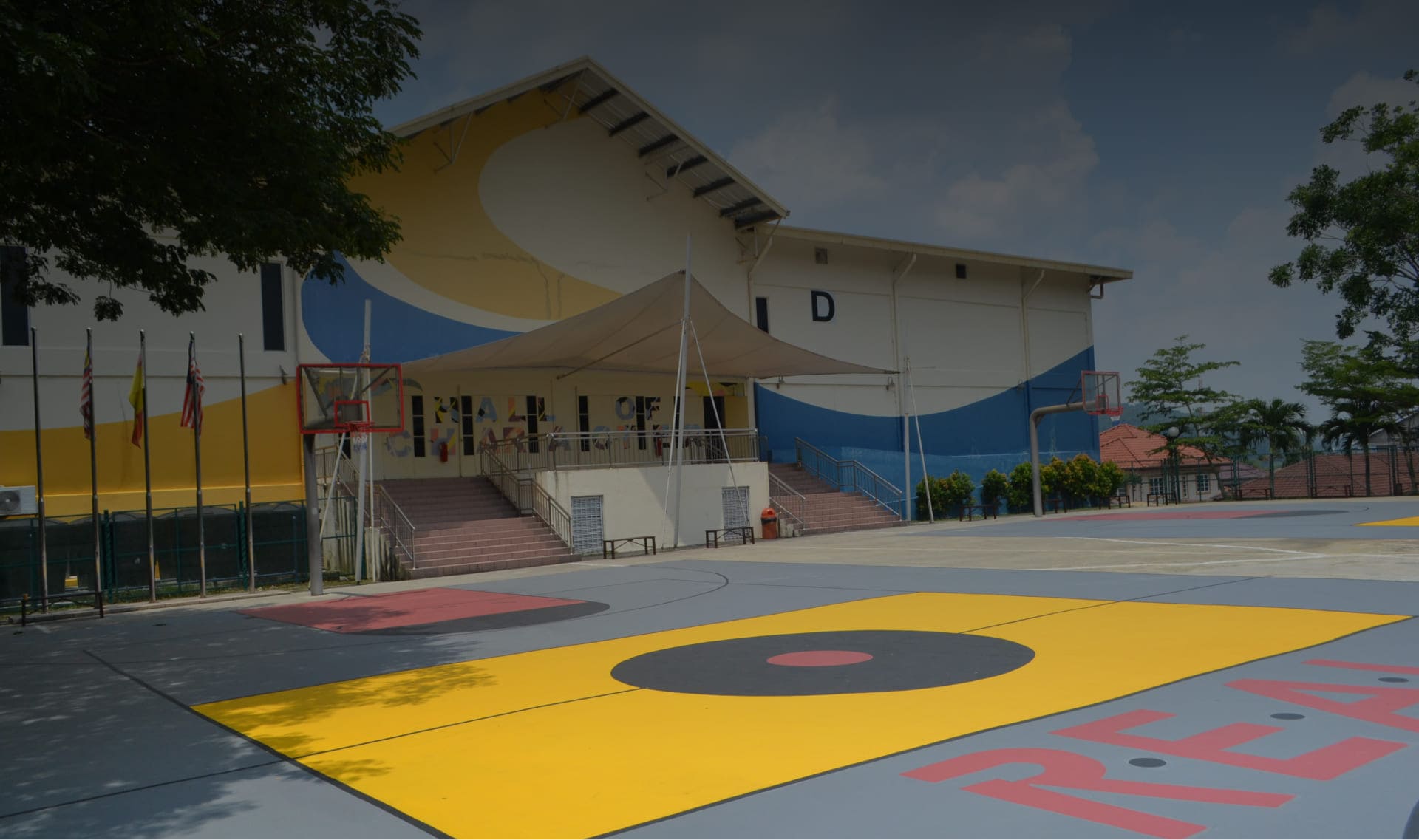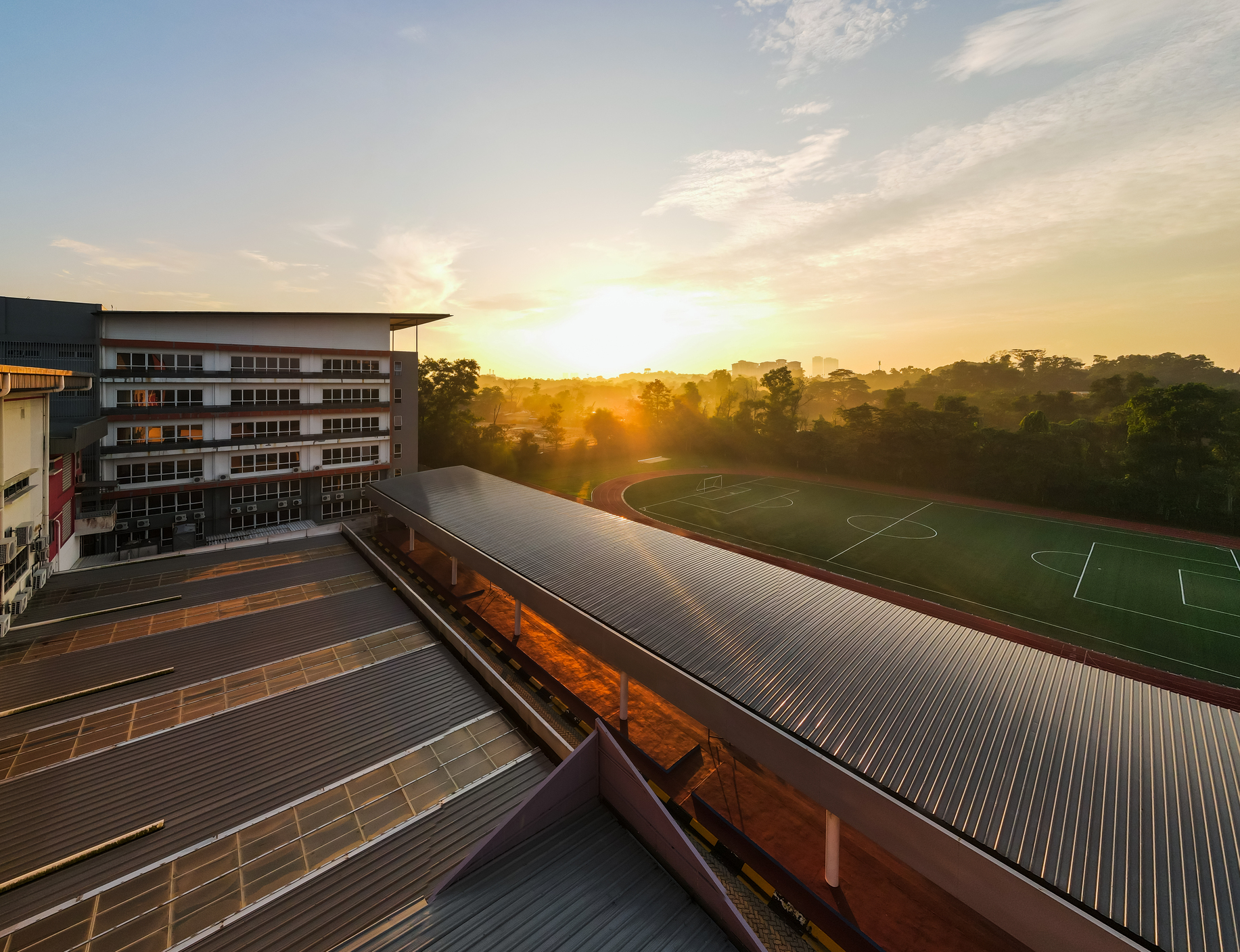
One of the most important decisions every parent faces is whether to go with a public or private school. Each option has its own set of benefits and considerations and understanding these can help you make an informed choice. Read on to learn the differences between public and private schools in Malaysia. This can help you make the decision that’s right for your family.
School Curriculum Options
One of the most significant differences between public and private schools in Malaysia is the curriculum. Public schools generally follow the Malaysian National Curriculum, which provides a broad foundation of subjects including Bahasa Malaysia, English, Mathematics, and Science.
This curriculum is well-rounded and meets national education standards. However, it may not offer as much flexibility or specialisation as private schools.
Private schools in Malaysia, on the other hand, often have the option to follow enhanced curriculums. Many private schools offer international curricula such as the Cambridge or International Baccalaureate (IB) programs, which are then adapted into the Malaysia education system.
For instance, a private school following the Cambridge curriculum will include specialised subjects like Cambridge Math and English. This provides a more global perspective and preparation for international higher education.
Co-Curricular and Extra-Curricular Activities
Both public and private schools in Malaysia offer co-curricular and extra-curricular activities, but the activities available can differ significantly. Public schools typically provide activities aligned with national education policies, focusing on sports and basic arts. While these activities are valuable, they might be more limited in scope.
Private schools in Malaysia focus on developing different interests and talents. They offer many co-curricular and extra-curricular activities. These include specialised sports, robotics, coding, debate and advanced performing arts. These options may not be available in public schools.
Facilities and environment
When it comes to facilities, private schools in Malaysia often have a clear advantage. They invest in their infrastructure and provide better facilities such as science labs, technology centres and sports complexes.
These facilities support a rich learning experience and can be a major draw for parents looking for a high-quality education environment.
Public schools are usually well-maintained and functional. However, they may not have as many resources and modern facilities as private schools. The budget constraints faced by public schools can limit their ability to invest in maintaining and building new infrastructure.
Are the schools reputable?
Credentials and recognition can vary between public and private schools. Public schools use a set curriculum approved by the Malaysian Ministry of Education. This ensures quality and meets national education standards.
Private schools in Malaysia often boast additional credentials, especially if they follow enhanced Malaysian curricula like the Cambridge or IB programmes. These schools give students qualifications that are recognised worldwide. This can help those who want to study abroad.
Where are the schools located?
Location can be a crucial factor when choosing a school. Public schools are distributed across Malaysia, often within close proximity to residential areas, making them accessible and convenient for many families. However, this can also mean that the quality of education might vary depending on the school's location.
Private schools may be concentrated in specific urban areas. This may mean a longer commute for some families. However, it often comes with more resources and special programs. Parents need to consider the location in relation to their family’s needs and lifestyle.
What are the Costs / Payment Terms?
The cost of education is one of the most notable differences between public and private schools in Malaysia. Public schools are government-funded and therefore offer a more affordable education option, with minimal fees for tuition and other expenses. This makes public schools an attractive choice for families on a tight budget.
Private schools in Malaysia come with a much higher price tag. Tuition fees at private schools can be high. There may also be extra costs for activities, textbooks, and other resources. Many families see this as a good investment in their child's future. They believe it offers extra benefits and opportunities.
Smaller Class Size and Personalised Attention
An advantage of private schools is their smaller class sizes (approx. 25 students per class). Teachers can offer more attention to each student and tailor their teaching methods to individual learning styles. This can significantly enhance a student's learning experience and academic performance.
In contrast, public schools might have larger class sizes (approx. 45 students per class), which can limit the amount of attention each student receives. Many schools have strong support systems to handle larger classes well. However, this is not true for many schools in Malaysia.
Final Takeaways
If you can afford it, private schools in Malaysia provide a richer experience for children, where education goes beyond just academics. For instance, they can help ease the transition from primary to secondary school for your child.
Private schools often let students move easily from primary to secondary levels. For example, they can go straight from Primary 6 to Form 1. But in public schools, students might need to repeat some classes. This can happen if they do not meet certain standards, such as failing Bahasa Malaysia.
REAL Schools' approach goes beyond traditional education. We give students REAL world skills they need to thrive in a dynamic, global society. That means they need to be resilient, adaptable and good at solving problems. This way, they are ready for life's challenges.
Contact us today to schedule your visit and explore the opportunities waiting for your child at REAL Schools.






